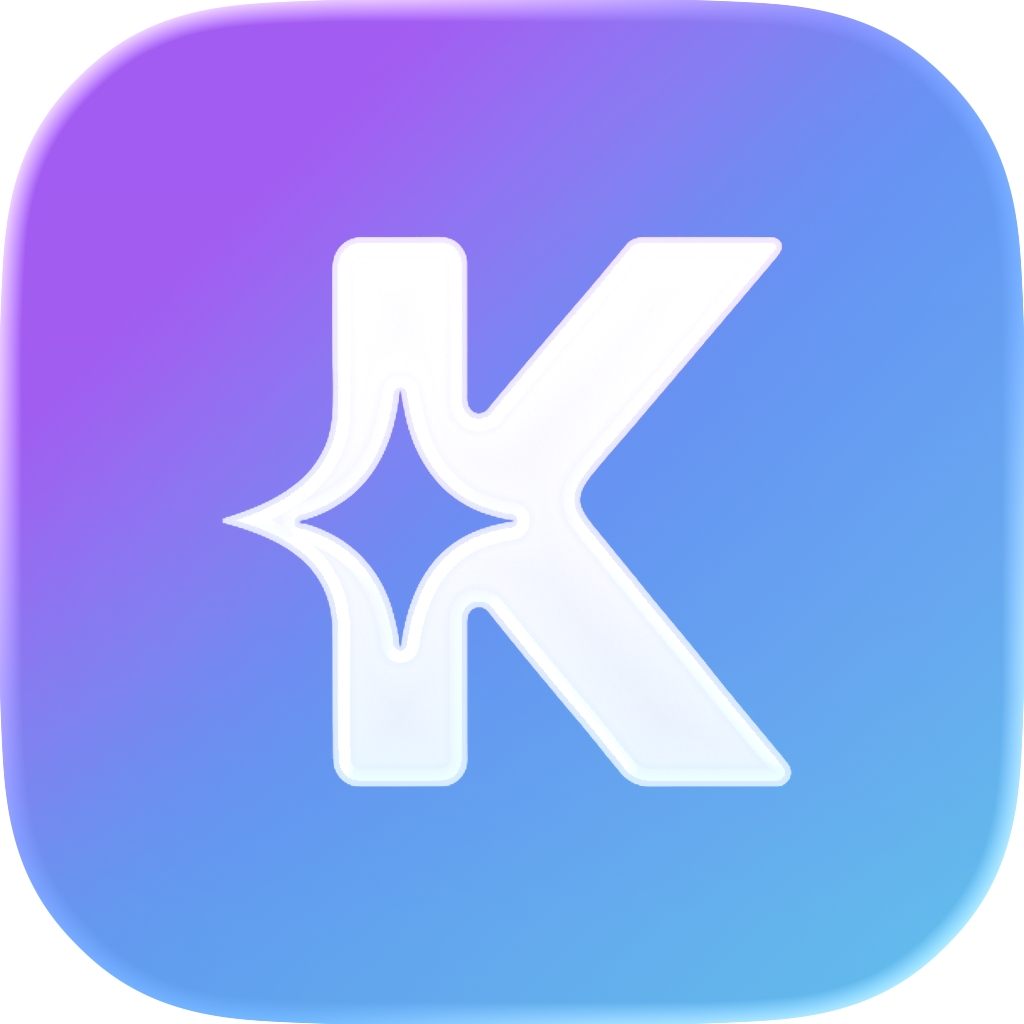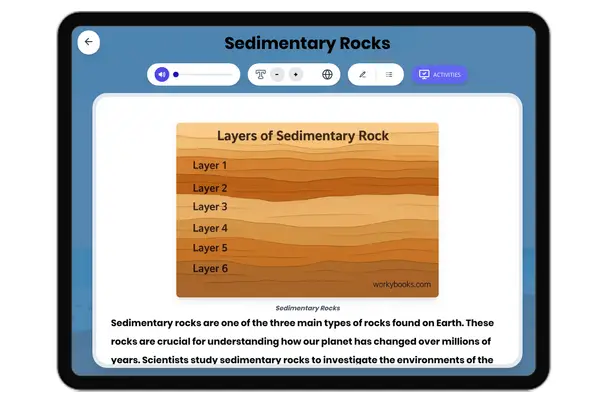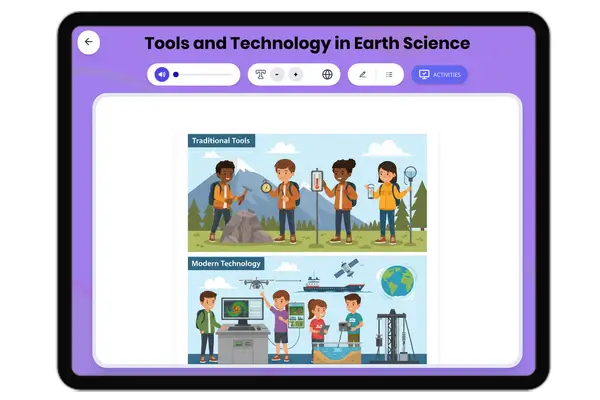Kīlauea Volcano: Hawaii’s Ever-Changing Landscape — Reading Comprehension
Grades
- 5
- 6
- 7
- 8
Standards
- MS-ESS3-2
- MS-ESS2-3
- RST.6-8.2
PRINT+DIGITAL RESOURCE
This learning resource is available in interactive and printable formats. The interactive worksheet can be played online and assigned to students. The Printable PDF version can be downloaded and printed for completion by hand.
About This Reader
This passage details Kīlauea's volcanic history and status, aligned with NGSS MS-ESS3-2 (natural hazards) and ESS2-3 (Earth's systems). It covers major eruptions like the 35-year Puʻu ʻŌʻō event and 2018 crisis, plus current 2024 monitoring. Cultural connections to Pele and geological features like shield volcano morphology are included. Text supports CCSS.ELA-LITERACY.RST.6-8.2 for central idea analysis in scientific content.
Perfect For:
👩🏫 Teachers
- • Reading comprehension practice
- • Auto-graded assessments
- • Literacy skill development
👨👩👧👦 Parents
- • Reading practice at home
- • Comprehension improvement
- • Educational reading time
🏠 Homeschoolers
- • Reading curriculum support
- • Independent reading practice
- • Progress monitoring
Reading Features:
📖
Reading Passage
Engaging fiction or nonfiction text
❓
Comprehension Quiz
Auto-graded questions
📊
Instant Feedback
Immediate results and scoring
📄
Printable Version
Download for offline reading
🔊
Read Aloud
Voice-over with word highlighting






















